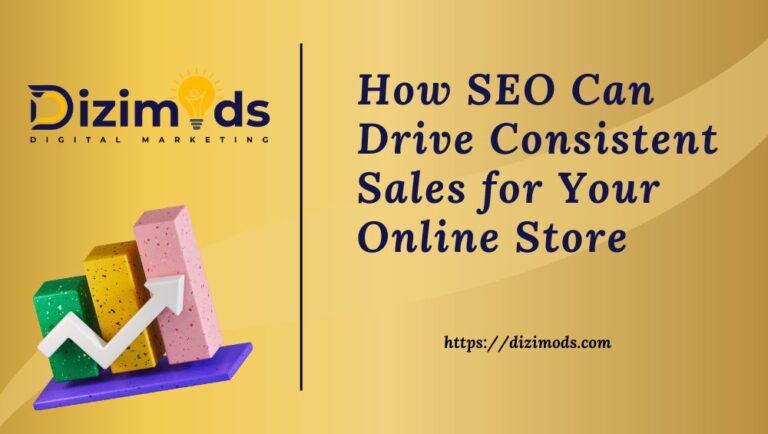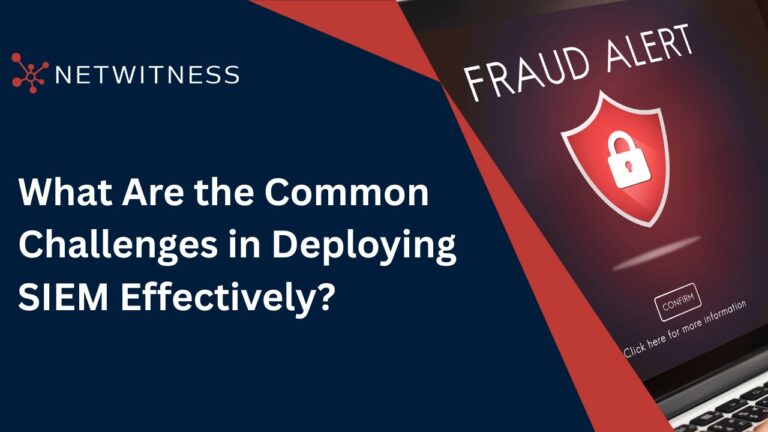
In 2025, businesses are facing more pressure than ever on efficiency, cost control, compliance, and technology. One major question many organizations — especially small and medium enterprises (SMEs) — must answer is: Should we maintain an in‑house accounting function or outsource it? This decision has implications for cost, scalability, control, and strategic growth.
more details Insides: https://taxkitab.com/in-house-vs-outsourced-accounting-services/
Here’s a detailed look at both sides, tradeoffs, and guidelines for deciding what fits your business best in 2025.
1. Why this decision matters more now
Several trends in accounting and business operations make this choice more consequential:
Technology & automation: Advances in AI, machine learning, cloud accounting, and real‑time analytics are reducing manual effort and raising expectations for speed and accuracy.
E.g. a study on integrating blockchain, AI, and ML in accounting suggests these can reduce accounting expenses, increase precision, and enable real‑time reporting. arXivRegulatory change & compliance risk: Tax, financial reporting, and regulatory compliance continue evolving. Companies must stay updated, especially if they operate across geographies.
Cost pressures and margins: Many firms are under cost pressure, making overhead-intensive internal teams less attractive.
Scalability & flexibility demands: Businesses are growing (or contracting) faster, requiring finance functions to adapt in scale and complexity quickly.
Given these forces, the choice between in-house and outsourced accounting is not just operational — it’s strategic.
2. In‑House Accounting: Strengths & Challenges
Strengths / Advantages
Control & Oversight
You have direct, real-time access to your team, processes, and data. For firms where deep domain knowledge or custom workflows matter, this is valuable.Cultural & Context Fit
In-house accountants live and breathe your business. Their institutional memory, alignment with your culture, and internal relationships help in nuanced decision making. Zerobooks+1Security & Confidentiality (perception)
Some firms find comfort in keeping financial data internal.Customization
You can build processes, reports, and systems tailored exactly to your business — rather than conforming to a vendor’s standard operating model.
Challenges / Risks
High Fixed Costs & Overhead
Salaries, benefits, training, software licenses, hardware, office space, utilities — they all add up. SkaleHive notes outsourcing can save up to ~30% compared to internal teams. SkaleHiveScaling is Hard
When business grows, hiring more staff, training them, or upgrading systems takes time and resources. Consero’s analysis shows that building a finance function internally can take many months. Consero GlobalTalent & Retention Risks
Recruiting qualified accountants, keeping them updated on new rules and technologies, and managing turnover are big challenges. vjmglobal.com+1Technology Burden
You must continuously maintain, upgrade, and integrate accounting / ERP / analytics systems. In-house teams must also handle cybersecurity and backups.Opportunity Cost
Your leadership and staff are spending time on internal operations rather than strategic priorities.Risk of Insularity
Without outside benchmarks or external best practices, in-house teams may lag in innovation or miss opportunities.
3. Outsourced Accounting: Strengths & Challenges
Strengths / Advantages
Cost Efficiency & Predictability
Instead of fixed salaries and overhead, you pay a service fee. Many vendors bundle tools, staff, and processes. Bennett Financials outlines pricing tiers (basic bookkeeping, full accounting, strategic services). bennettfinancials.comAccess to Expertise & Best Practices
Outsourcing firms typically bring specialized talent (tax, compliance, analytics) and exposure to multiple industries. One Desk Solution+2bennettfinancials.com+2Scalability & Flexibility
You can ramp up or scale down services depending on business cycles, without hiring or firing. SkaleHive’s cost comparison shows variable pricing scaling with need. SkaleHiveFaster Deployment
Outsourcing can get you a mature finance function quickly (30–90 days in some models) vs months of internal setup. Consero GlobalTechnology & Tools Provided
The provider often includes cloud software, automation, and integrations. This reduces your need to invest heavily in tech. Consero emphasizes this benefit. Consero GlobalContinuity & Risk Mitigation
Because providers have teams, the absence or turnover of one person doesn’t derail your operations.
Challenges / Risks
Less Control & Oversight
You must rely on third parties handling your financials. Errors, delays, or misalignment may impact decisions. One Desk Solution+1Communication & Responsiveness Issues
Time zones, response lag, or lack of on‑site presence can slow down urgent queries. One Desk Solution+1Security & Data Privacy Concerns
Sharing financial, sensitive data with external parties raises risk; vendor security practices must be vetted.Vendor Dependency & Lock-In
You depend on the vendor’s performance, culture, pricing, and continuity.Hidden Scope or Fees
Basic packages may not cover all tasks, and extra services might cost more than expected. vjmglobal.com+1Lack of Deep Business Context
External providers may take time to understand your business nuances, industry idiosyncrasies, or internal workflows.Cultural Fit & Alignment
Differences in work culture, style, or expectations can lead to friction.
4. Hybrid & Transitional Models
Many companies in 2025 adopt hybrid models, combining core in-house control with outsourced support for specialized or volume-intensive tasks. For example:
Maintain a small internal accounting team for core functions, but outsource month‑end closing, reporting, tax work, or CFO services.
Outsource non‑mission critical, back-office tasks (bookkeeping, data entry) while keeping strategic finance in-house.
Transition gradually: outsource first, then bring critical tasks in later, or vice versa.
EveryCentCounts provides a cost-benefit breakdown showing that hybrid models often offer the best mix of control and cost savings. everycentcounts.net
5. Cost Comparison & Break-even Analysis
Understanding when and how outsourcing becomes economically favorable is key. Some data points:
In the EveryCentCounts model, firms between $2M–$10M revenue may realize 23%–41% lower financial operations costs via outsourcing vs internal teams. everycentcounts.net
Their “break-even” rule: when your current internal accounting + overhead costs (recruiting, training, systems, overhead) exceed ~3.5% of annual revenue, outsourcing may offer savings. everycentcounts.net
SkaleHive notes that for many small-to-midsize firms, outsourcing costs can range from USD 17,700 to 58,000 per year (for broader services), whereas an internal mid-level accountant’s fully loaded cost (salary + benefits + overhead) can reach ~$130,000 annually. SkaleHive
Consero suggests outsourcing (FaaS model) can reduce costs by 30%–50% compared to a fully internal team. Consero Global
When doing your own analysis, include hidden costs like training, turnover, software upgrades, downtime, and inefficiencies.
6. Decision Framework: When to Choose What
Here’s a framework of indicators to help decide:
| Situation / Condition | Favor In‑House | Favor Outsourced / Hybrid |
|---|---|---|
| Business has high transaction volume / complexity | ✅ | |
| You need real-time, constant oversight | ✅ | |
| You have strong finance leadership / talent already | ✅ | |
| You want full control & in-depth customization | ✅ | |
| You are a small / growing firm with limited resources | ✅ | |
| You need flexibility, scalability, cost control | ✅ | |
| You lack specialized skills (tax, audit, analytics) internally | ✅ | |
| Your financial workload is seasonal or fluctuates | ✅ | |
| You want faster deployment | ✅ | |
| You are highly concerned about data security / compliance | Depends on vendor | ✅ with proper vetting |
| The internal cost + overhead is exceeding a threshold | ✅ |
Rule of thumb: If your accounting demands exceed ~1.5 full-time equivalents (FTEs) and your internal costs (salary + benefits + overhead) are climbing — it becomes more compelling to outsource — or move to a hybrid model. (EveryCentCounts perspective) everycentcounts.net
7. Steps to Execute Transition Smoothly
If you lean toward outsourcing (fully or hybrid), here are best practices:
Define scope clearly
List tasks, responsibilities, deliverables, frequency, SLAs (Service Level Agreements).Select vendor carefully
Vet credentials, prior experience in your industry, security practices, references, technology stack.Negotiate transition period
Have an overlap where internal and vendor teams work together, knowledge transfer, documentation.Set up communication, governance & reporting protocols
Regular meetings, dashboards, escalation paths.Ensure data security & access controls
Strict role‑based access, encryption, audits.Monitor performance & feedback loop
Use KPIs (turnaround time, error rate, cost variance) and adjust periodically.Review contracts & exit clauses
Build in proper transition or termination clauses, access to data, handover responsibilities.Reassess periodically
As your business evolves, the mix (in-house vs outsourced) may need adjustment.
8. 2025 Outlook & Future Considerations
As we move further into 2025, some evolving factors will shape this decision even more:
AI / ML & automation will automate routine bookkeeping and reconciliation, reducing manual headcount. This lowers the marginal advantage of large internal teams.
Blockchain / distributed ledgers may further streamline audit trails, transparency, and real-time validation. arXiv
Big Data & analytics: firms will demand deeper insights, not just numbers. Outsourcers with analytics capabilities will gain an edge. arXiv
Platform & ecosystem integration: accounting software integrated with operations, e‑commerce, ERP, and banking will become standard — providers who can handle full-stack integration will be more attractive.
Regulations / compliance burdens will increase (especially with ESG, cross-border tax, digital tax regimes). Outsourcing partners who keep up with compliance may reduce risk for clients.
Demand for specialization: industries (e.g. fintech, crypto, SaaS) will prefer accounting partners who deeply understand their domain — pushing some to hybrid models or niche outsourcers.
Thus, the “right” choice is not static; it may evolve with your business and the environment.
9. Summary & Key Takeaways
The decision between in-house and outsourced accounting in 2025 is strategic, not just operational.
In-house gives you control, customization, and closeness, but comes with high fixed costs, scaling difficulties, and talent risks.
Outsourcing offers cost efficiency, scalability, expertise, and speed — but involves tradeoffs in control, communication, and data security.
Many businesses adopt hybrid models to capture the best of both worlds.
Use cost break-even analysis, business size, complexity, and growth trajectory to guide your choice.
If you choose outsourcing, careful vendor selection, transition planning, governance, and performance monitoring are crucial.
In 2025 and beyond, technology and regulatory changes will continue shifting the balance — flexibility and revisiting the decision periodically are wise.


